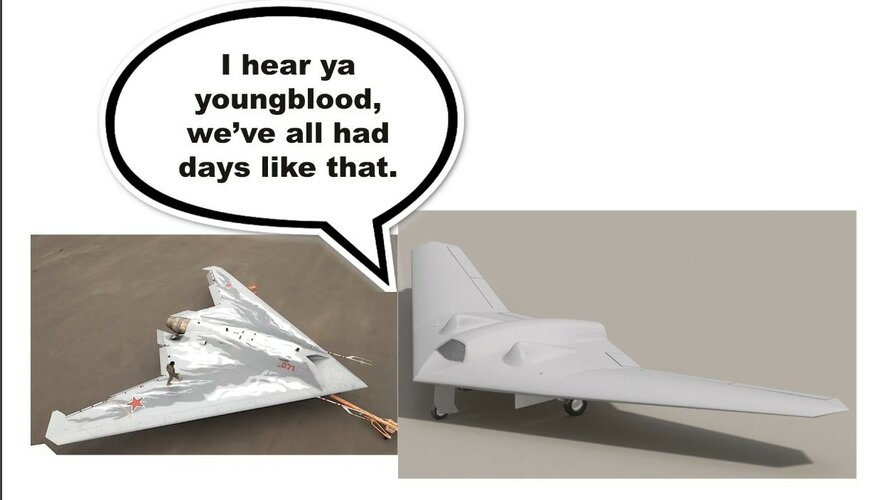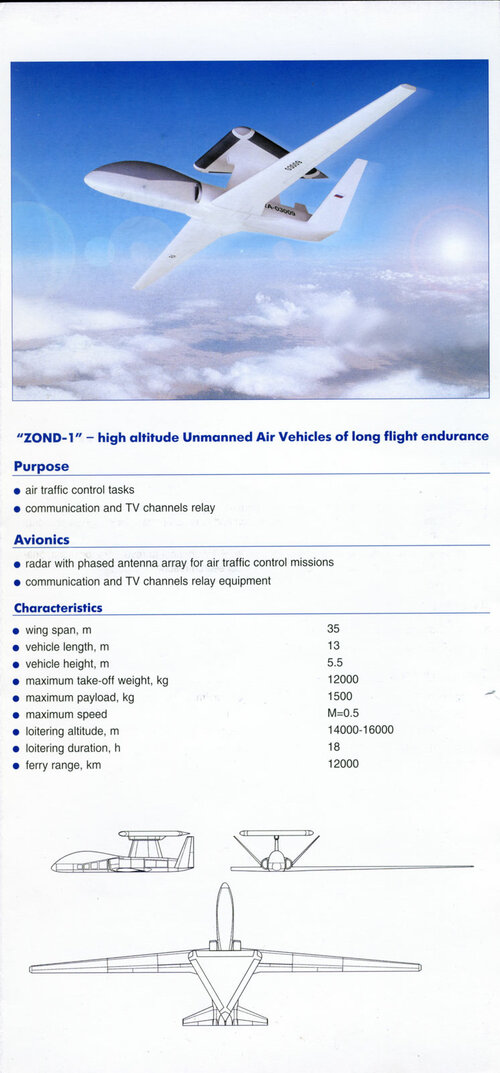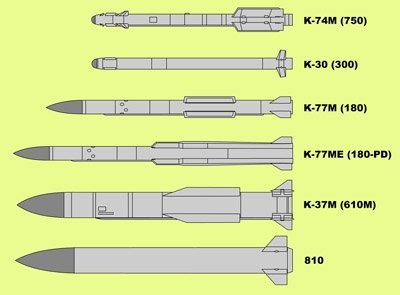All materials reflect, absorb, and pass through RF energy to varying degrees. Conductive metals generally reflect more than they absorb or pass through. Fiberglass will generally pass through more than it will reflect or absorb, etc.
The electrical and RF properties of carbon fiber vary with fiber direction, length, "carbonization", angle, and other factors. Controlling these factors can result in a material where reflection dominates, or absorption dominates, or passing through dominates.
In the case of unidirectional "carbon fiber reinforced plastic" the RF properties vary greatly with angle and polarization. The material may be very reflective from one angle, and pass RF completely through at another! This is not a desirable characteristic.
From Jenn, D. C. (2005). "Radar and laser cross section engineering". American Institute of Aeronautics and Astronautics.
Note that the paper your post (indirectly) quoted by copy-pasting from Stack Exchange, Riley 2015, measured from specific static angles : "These samples were then placed in an anechoic chamber and their RCS values were measured at normal incidence" .
What i am trying to say is that folks making these and similar planes put some taught into stealth , while they do not have the funding and R&D capacity of US , but its not like stealth principles were discovered yesterday, decades later material applications for stealth are far better understood, materials improved, some western stealth wrecks also crashed and were recovered along the way etc and i imagine steps taken to reduce RCS as much as they can within reasonable , but like in every field there are diminishing returns , final couple % cost shit load of money
In any case with UCAVs i imagine its the electronics and firmware that is the difficult part not the airframes










